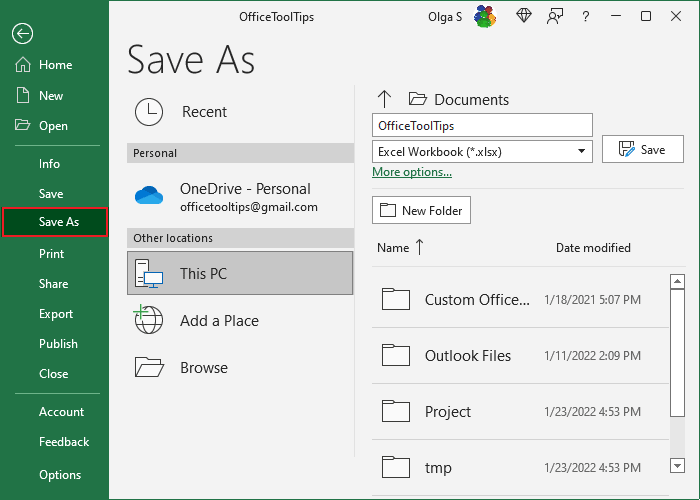Unveiling the Digital Canvas: A Comprehensive Guide to Creating, Opening, and Saving Workbooks in Excel 2003

Introduction:
Microsoft Excel 2003, a cornerstone in the world of spreadsheet software, revolutionized the way users organize, analyze, and present data. The ability to create, open, and save workbooks forms the bedrock of Excel functionality. In this exhaustive guide, we will delve into the intricacies of these fundamental operations, equipping users with the knowledge to harness the full potential of Excel 2003 and transform their digital canvases into dynamic workspaces.
Section 1: The Essence of Workbooks
1.1 Understanding Workbooks: Workbooks in Excel 2003 serve as digital canvases where users can organize and manipulate data. Delve into the concept of workbooks, each comprising multiple worksheets, providing a structured framework for data entry and analysis.
1.2 The Role of Worksheets: Uncover the significance of worksheets within a workbook. Explore how these individual sheets function as organized spaces for data representation, allowing users to compartmentalize information effectively.
Section 2: Creating a New Workbook
2.1 Initiating a New Workbook: The process of creating a new workbook is the first step towards unleashing the potential of Excel. Navigate through the steps to initiate a new workbook, exploring options for the number of worksheets and their default settings.
2.2 Customizing Workbook Properties: Understand how to customize the properties of a new workbook, such as adjusting the default font, style, and gridlines. Tailoring these settings from the outset streamlines the data entry and visualization process.
Section 3: Excel’s Template Gallery
3.1 Template Gallery Overview: Excel 2003 introduces a Template Gallery, a repository of pre-designed spreadsheets catering to various needs. Explore how users can leverage this resource to expedite the creation of specialized workbooks, from budgets to calendars.
3.2 Utilizing Templates: Delve into the process of utilizing templates from the Template Gallery. Understand how these templates serve as starting points, offering pre-configured layouts that users can customize to suit their specific requirements.
Section 4: Opening Existing Workbooks
4.1 Accessing Recent Documents: Excel 2003 simplifies the process of accessing recent documents, allowing users to open workbooks they have recently worked on. Explore the Recent Documents list as a convenient shortcut to streamline workflow.
4.2 Navigating File Dialogs: Understand the File Open dialog, a versatile tool for locating and opening existing workbooks. Familiarize yourself with the various options, filters, and views available in the dialog to enhance efficiency in workbook retrieval.
Section 5: The Art of Saving Workbooks
5.1 Saving Workbooks: Mastery of the saving process is imperative to preserve and protect your data. Explore the various options for saving workbooks, including the Save and Save As commands, each serving distinct purposes in the data management process.
5.2 File Formats and Compatibility: Excel 2003 supports multiple file formats, each with its specific benefits. Understand the nuances of saving in Excel’s native format, as well as options like CSV, TXT, and PDF. Grasp the implications of file format choices on data integrity and compatibility.
Section 6: AutoRecover and Backup Strategies
6.1 AutoRecover Functionality: Excel 2003 introduces the AutoRecover feature, a safeguard against unforeseen disruptions. Delve into how this feature automatically saves versions of your workbook at specified intervals, offering a safety net in case of unexpected events.
6.2 Manual Backup Strategies: Complementing AutoRecover, manual backup strategies provide an additional layer of protection. Explore techniques such as regular Save As operations, creating duplicate copies, and utilizing external storage to safeguard critical workbook versions.
Section 7: Collaborative Workbook Editing
7.1 Sharing Workbooks: Excel 2003 facilitates collaborative editing through shared workbooks. Understand the process of sharing workbooks, enabling multiple users to work simultaneously on a single document and fostering real-time collaboration.
7.2 Resolving Conflicts: Collaborative editing may lead to conflicts in changes made by different users. Explore methods to resolve conflicts, ensuring data consistency and integrity in shared workbooks.
Conclusion:
In conclusion, creating, opening, and saving workbooks in Excel 2003 form the foundation for effective data management and analysis. This comprehensive guide equips users with the knowledge to initiate new workbooks, harness templates, access existing documents, and employ robust saving strategies. By mastering these fundamental operations, Excel enthusiasts transform their digital canvases into dynamic workspaces, paving the way for efficient data organization, collaboration, and analysis in the ever-evolving landscape of spreadsheet software.




